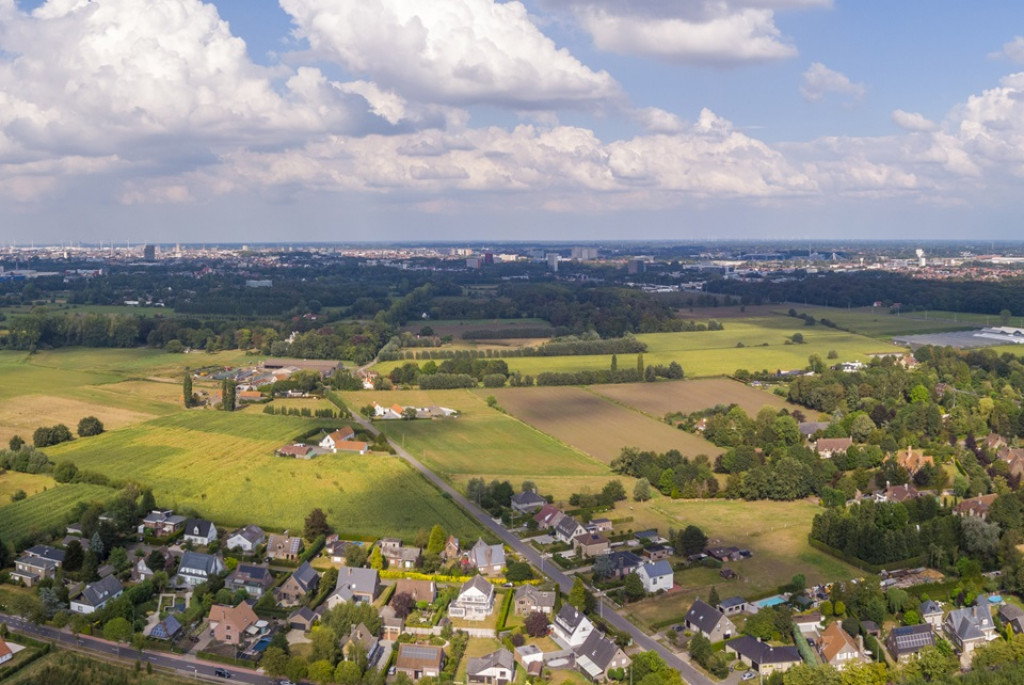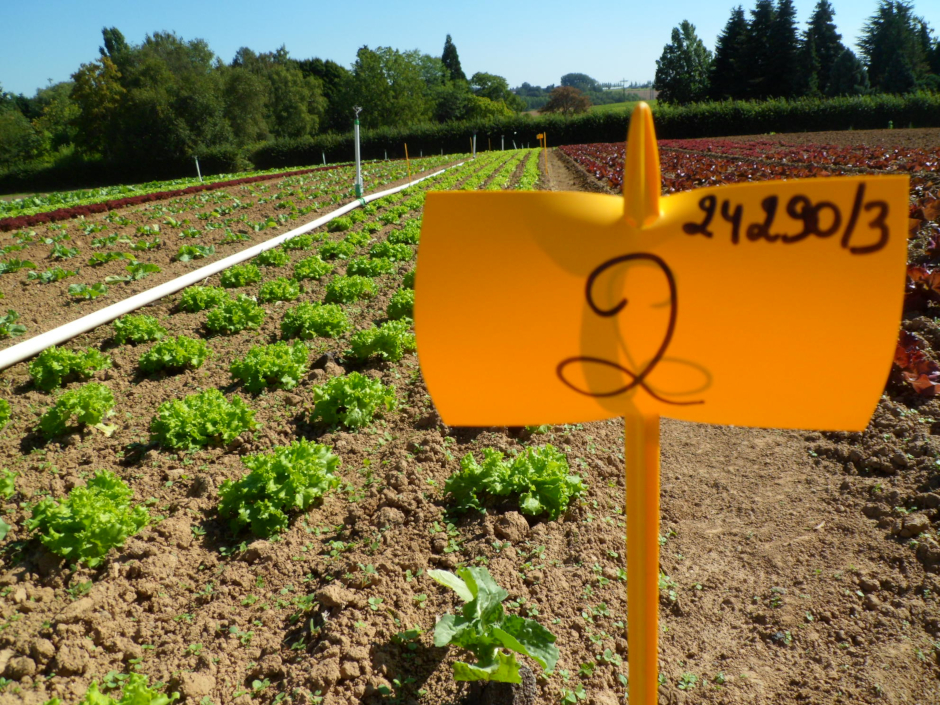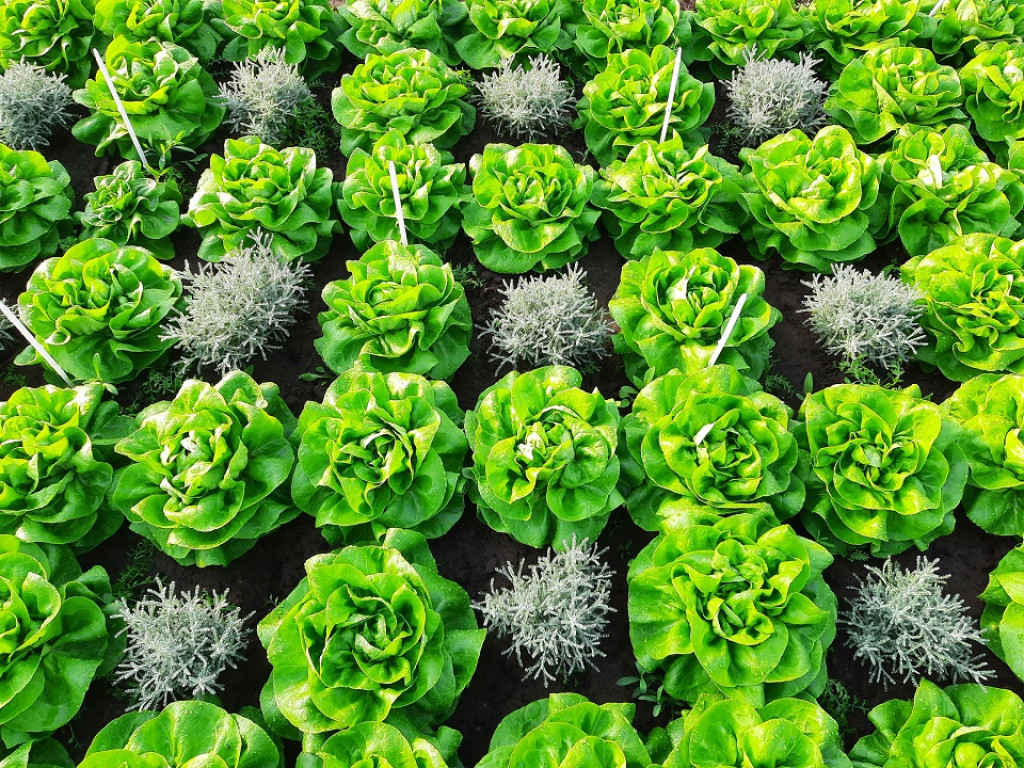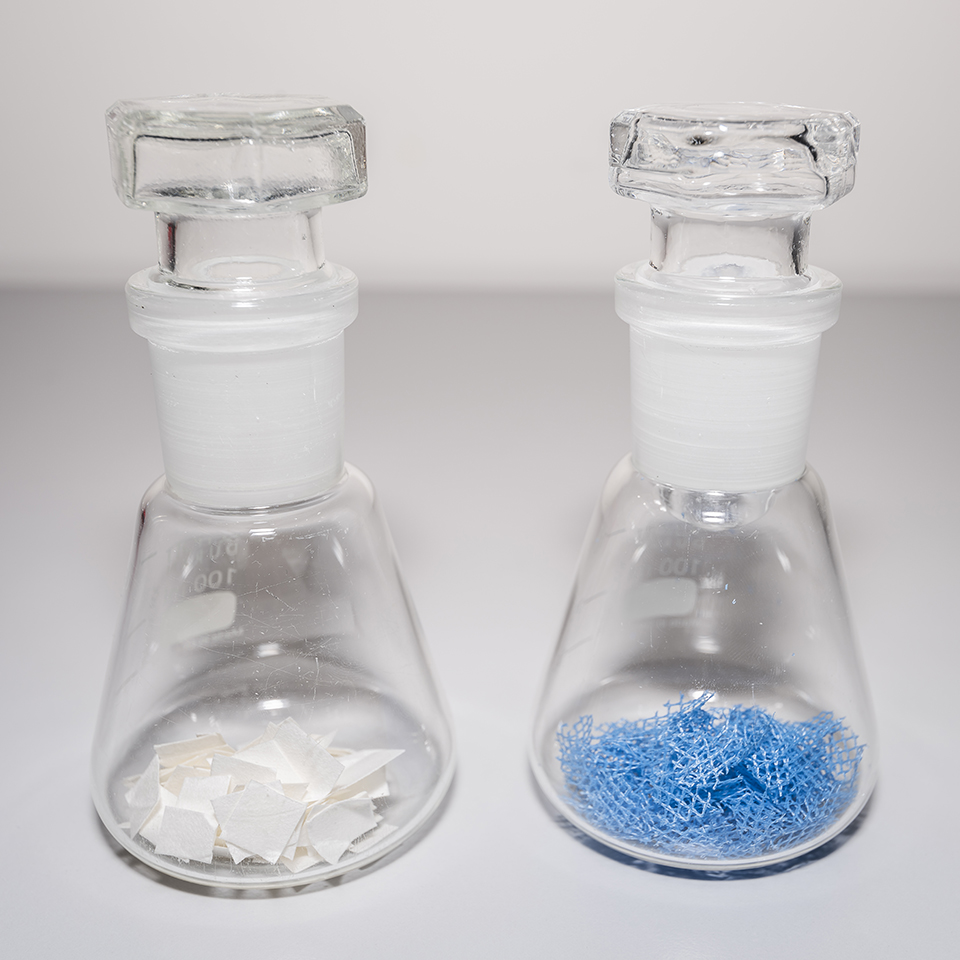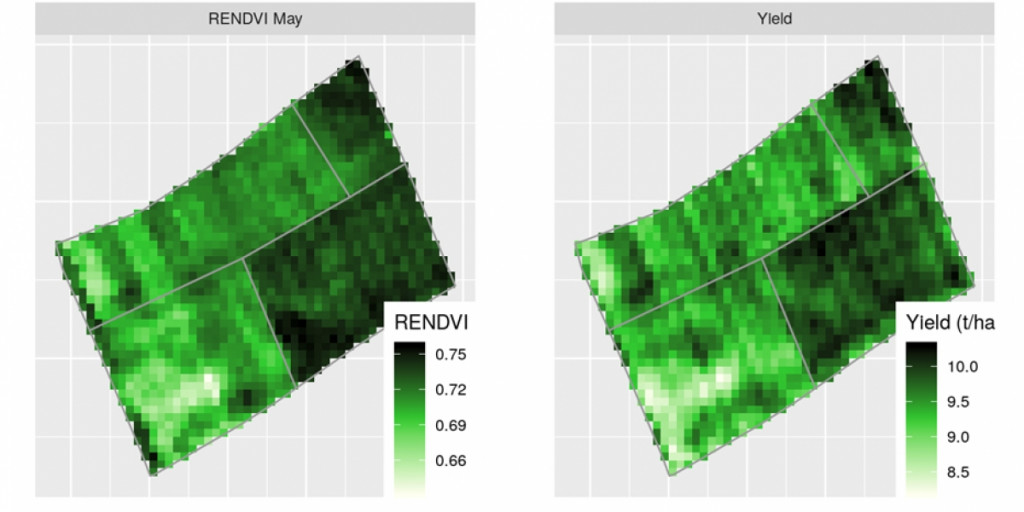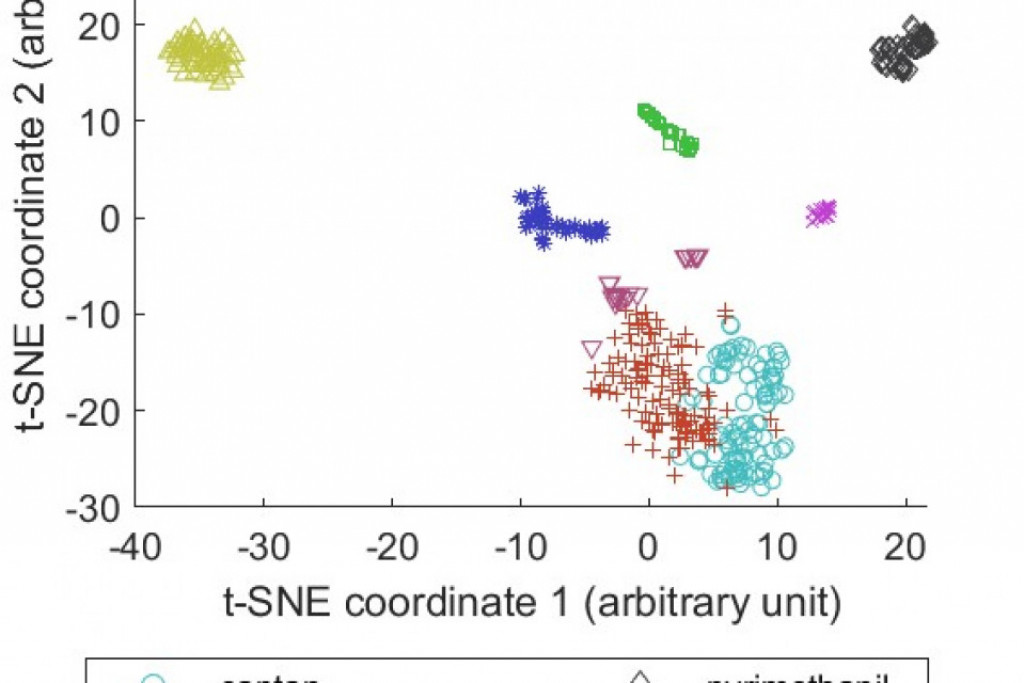The European Union requires action plans to be set up to reduce the risks and impacts of pesticide use on human health and the environment. Despite the numerous studies carried out for the authorisation of pesticides and the good practices followed by users, the dispersion of pesticides in the environment is still little understood. For the time being in Belgium, pesticide monitoring networks exist for surface water, groundwater and mains water supply, as well as for food, but there is no network for air and soil.
The aim of this project is to set up two pesticide monitoring networks: in the air and in the soil. These networks will not only improve the prevention of pesticide contamination, but also complement the risk assessments carried out thanks to data obtained from the existing networks. They will also make it possible to assess the effectiveness of the measures to reduce the use of pesticides taken under the Walloon Pesticide Reduction Plan (PWRP III).
This 5-year project comprises several stages:
The first stage will review the substances authorised and used in Wallonia, in order to prioritise them and determine, a priori, those to be monitored. At the same time, an inventory of existing monitoring networks in Europe will be carried out to compare the different methodologies and the results obtained.
In the second stage, air and soil specimens will be taken throughout Wallonia. These specimens will provide an overall view of pesticide contamination of air and soil over a one-year period. The results of these analysis will be compared with the list of priority molecules to be monitored drawn up in the first stage.
The third stage will involve the development, optimisation and validation of analytical methods specific to the molecules selected in the first two stages.
All the results obtained during the first three stages will enable us to organise an operational and relevant pesticide monitoring programme in the air and soil components of the environment. This is when the two networks will be designed: specimen sites, sampling frequency, molecules monitored, etc.
Finally, the last stage will enable us to test and evaluate the correct operation of the networks: specimen schedule, sample analysis, analysis of results, report writing, sharing of results. If any problems are encountered, adjustments will be made.
Financing: Walloon Pesticide Reduction Plan III (PWRP III)
Cooperation partnership: ISSeP

